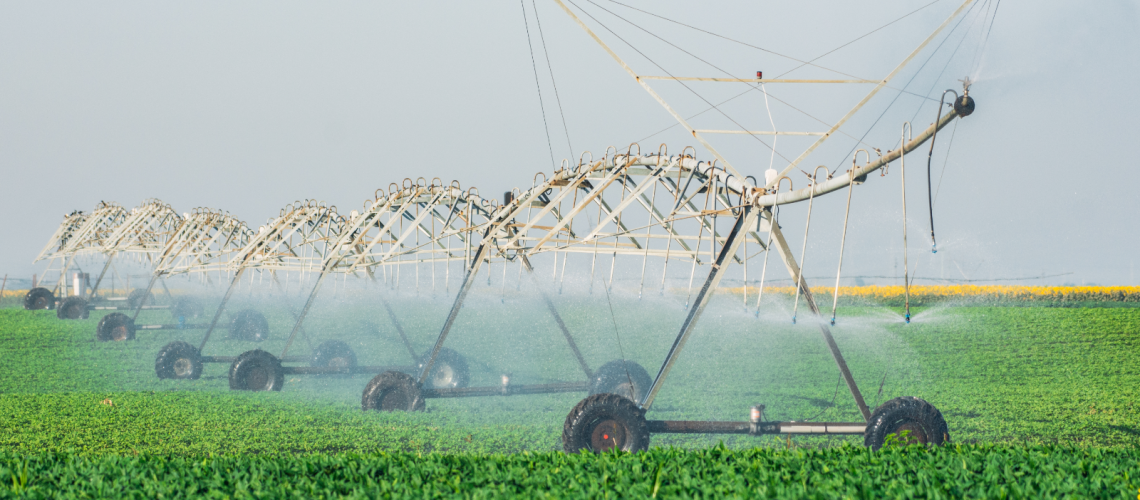Plants need water to grow. However, the agricultural sector withdraws approximately 70% of freshwater globally. The dependency on this resource is likely to increase in the future as the population grows. However, modern farming methods like precision irrigation can solve the problem.
What is Precision Irrigation?
Precision irrigation is a sustainable agricultural approach that farmers use to water and apply nutrients to the plants to facilitate optimal growing conditions. Applying these nutrients at the right amount and time improves root development.
This irrigation scheduling system aims to create a sustainable farming ecosystem that will ensure that the future is food-secure. It also seeks to maximize the utilization and reduce the wastage of water, fertilizers, and nutrients used in the agricultural space.
Which are the Types of Irrigation?
Read on to understand the four primary types of irrigation that agriculture employs.
1. Drip Irrigation
Also referred to as trickle irrigation, drip irrigation involves spreading water through tiny pipes positioned systematically around the farm. Another system directs steady water drips directly to the roots of crops. The low pressure on this system ensures that the plants receive consistent nutrition.
Drip irrigation is popular because it reduces the water needed to irrigate a large piece of land. Additionally, the consistent water flow preserves the farm’s condition and prevents the growth of weeds.
2. Subsurface Irrigation
This irrigation method is also called underground drip irrigation. Supplying the moisture directly underground prevents evaporation.
3. Sprinkler Irrigation
This precision irrigation method involves supplying water to farms with the assistance of manual or automatic mechanisms. The sprinkler systems can operate permanently or seasonally, depending on the crop type in the region.
Sprinkler irrigation is not suitable for all crops. Excess pressure and water can destroy the flower on the growing plants and interfere with pollination.
4. Surface Irrigation
This irrigation method relies on the laws of gravity to spread water and chemicals across the field. It is also easy and does not need advanced methodologies. However, farmers should ensure that they have large volumes of water to distribute.
Surface irrigation is more applicable on clay soils because they can hold more water. There are other three variants within this irrigation method that agriculturalists should know.
Basin Irrigation
This method involves creating bunds around fertile lands to allow water to flood within a confined space. The collected water remains on the farm for extended periods.
Basin irrigation is convenient for growing crops like rice and wheat. It also works well on flatlands.
Border Irrigation
In this irrigation method, the agriculturalists place a water source between two strips of farmlands. They further supply the water and nutrients to the crops through other irrigation methods. Using tubes controls the water flow.
Furrow Irrigation
This irrigation mode is whereby long trenches placed at a level higher than the crops’ location are filled with water. This water further runs naturally to the crops due to gravity. Farmers can use gates or tubes to ensure that the water reaches the plants.
How is Precision Irrigation Advancing Farming Solutions?
Using precision on your farm is beneficial in different ways.
Saves Water
This unique irrigation method can reduce the amount of water consumed in farming lands.
Saves Labour
This technique also reduces the labor, energy, and financial resources required in the long run.
Maximizing Yields
If you want to increase the yields on your farm and make more profits, consider using precision irrigation.
In summary, farmers should maximize the water they use for agriculture. This irrigation method benefits plants, farmers, and the entire world. If you are searching for the best irrigation equipment in Florida, please reach out to Southwest Florida Services & Supply Co.

